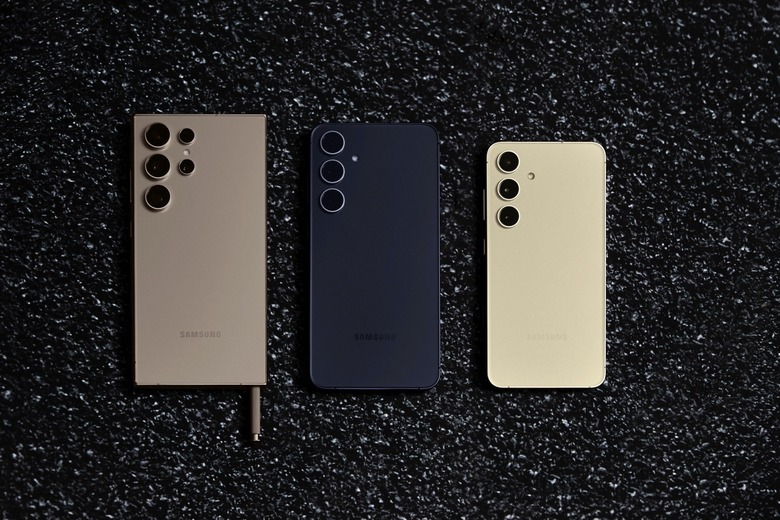Galaxy S24 Watermarks Fake AI Photos, But You Can Remove Them So There's No Point
The Galaxy S24 is the latest phone series to bring advanced AI photo editing to the masses. It already happened with the Pixel 8 series and Android 14, and I'm not a big fan of these fake AI photo capabilities. Samsung wanted to get in front of such criticism by announcing that all Galaxy AI-edited photos will show a watermark and metadata information that confirms the photo has been toyed with.
That's a great idea until you learn that you can remove the watermark completely, as tests with the handset have shown. Even if Samsung fixes the issue with a software update, this visual indicator can still be beat.
I've criticized Google's Magic Editor ever since Google unveiled it last spring. Yes, it's an amazing feat for generative AI to let you manipulate photos like that, without any Photoshop skills or knowledge. And yes, people have been faking photos since the dawn of photography.
But having AI do it for you in an instant democratizes fakes. In the world we currently live in, this opens the door to significant abuse.
Some people may go beyond changing the weather or moving objects around to pretend the photo of a certain event is as good as they wanted it to be when they snapped the photo. They'll fake photos for the purpose of manipulating the viewer. That was possible before generative AI came to phones, sure, but it's now incredibly easy.
Galaxy AI has a feature called Generative Edit that lets you fill in the edges of a picture or move subjects around. It's similar to Google's Magic Editor tool. Once you make such changes to a photo, Samsung will add a watermark in the lower left corner as well as metadata information that is intended to tell people the image was doctored with AI.
The three-star watermark is the symbol Samsung uses everywhere on the Galaxy S24 to indicate AI features. You'll want to tap the icon to get AI working for you. If you see it in photos, it indicates that the image isn't real. The obvious problem is that the watermark can easily be removed on the very same phone.
You can easily remove Samsung's AI watermark by simply object-erasing it 🤣 pic.twitter.com/YSVTI3avKt
— Raven (@Razar_the_Raven) January 18, 2024
As you can see in the video above, you can remove the watermark. Unless the video is fake, of course. See what I mean? That's the problem of generative AI in media: you can't trust everything you see.
In this case, Gizmodo was able to replicate the experiment. Furthermore, they found that not all the images generated with the help of the object erase tool even displayed the watermark in the first place.
Samsung might be aware of the problem. As Gizmodo points out, Samsung posted a disclaimer during the Mr. Beast segment of the Unpacked event to warn about issues with AI. Mr. Beast used the Galaxy AI powers to remove a crane from a photo (see video below). Samsung used this disclaimer:
Generative Edit requires a network connection and Samsung Account login. Editing with Generative Edit results in a resized photo up to 12MP. A visible watermark is overlaid on the image output upon saving in order to indicate that the image is generated by AI. The accuracy and reliability of the generated output is not guaranteed.
Samsung could always fix this software issue and make that watermark permanent. Note that removing the watermark doesn't remove the metadata. But most people don't look at the metadata. Not to mention that metadata can be changed with ease.
I'll also point out the obvious here. Even if Samsung manages to fix the bug, you only need to take a screenshot of the fake AI image and then crop it to remove the watermark. Long story short, watermarks alone won't fix the fake AI photo problem.
Samsung, and anyone else offering advanced AI-powered photo-editing tools, should also figure out better ways to make it clear to unsuspecting users that an image (or clip) is fake if it has been edited with AI.
